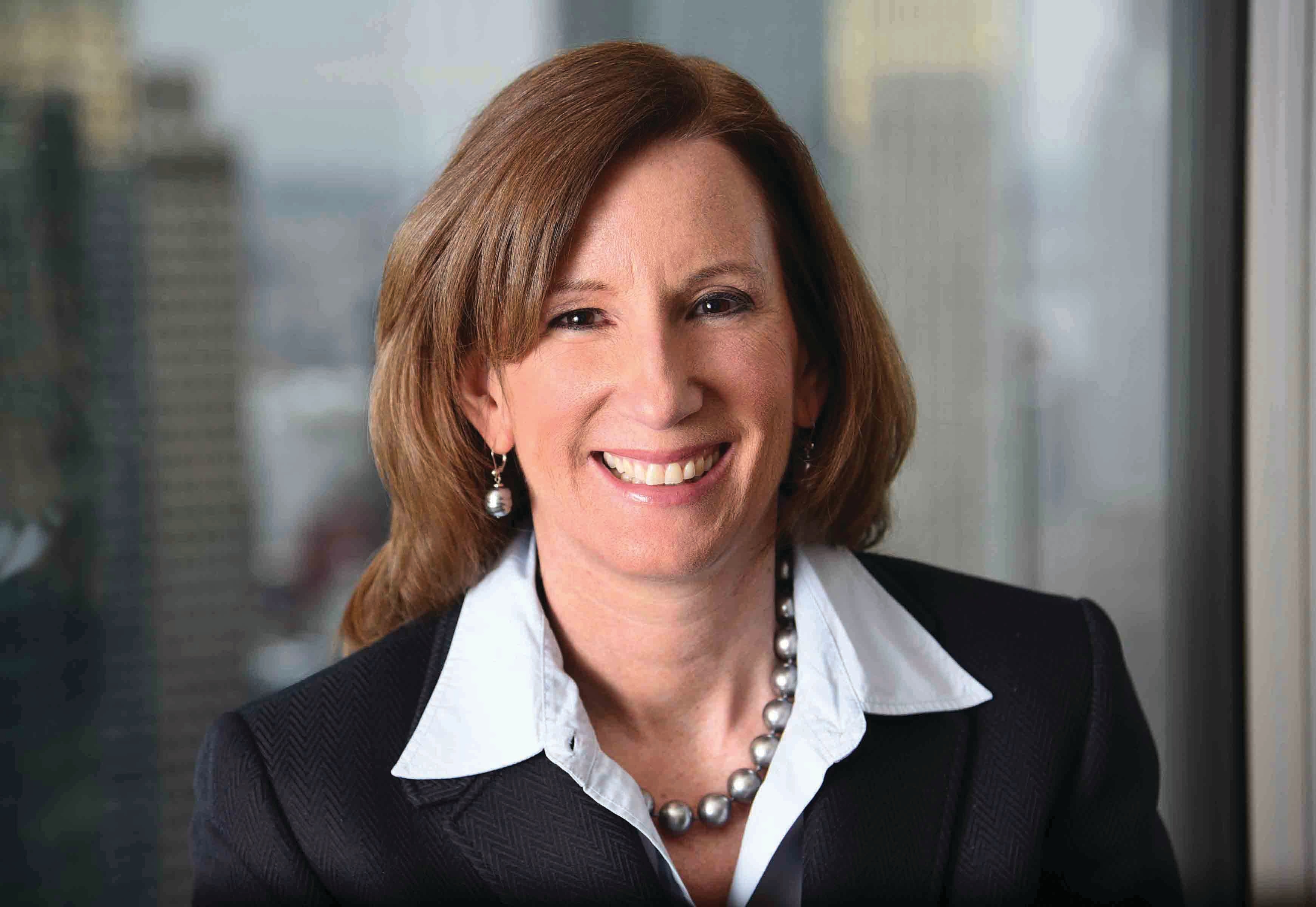Editorial: The promise of a smart, frictionless world has been saved

Editorial: The promise of a smart, frictionless world
23 January 2017
The promise of smart cities and mobility is already more than a mere vision. We are beginning to experience a wave of innovations that can fundamentally alter daily life.

When I think about smart cities and the future of mobility, I can’t help but reflect on what previous generations imagined. When the Jetsons were on TV, the nation was building Eisenhower’s interstate highway system, and President Kennedy called for a man on the moon within 10 years. We imagined flying cars, household robots, and a leisurely work week. The reality, in some respects at least, is decidedly more modest, and urban life largely still relies on 19th- or 20th- century infrastructure.
Learn More
View the Smart Mobility collection
View the Future of Mobility collection
Subscribe to receive updates on Future of Mobility
Explore Deloitte Review, issue 20
Still, the promise of smart cities and mobility is already more than a mere vision. As the novelist William Gibson said, “The future is already here; it’s just not evenly distributed.”
In this issue of Deloitte Review, we explore some of the ways that smart cities and the future of mobility are taking shape. Our cars may not fly, but autonomous vehicles are on the road today, and many new cars contain over 100 million lines of code. As you’ll read, residents of Helsinki are already using a single app to call up and pay for multiple modes of transportation. You’ll read how data analytics are already helping cities make better decisions about where and how to deploy resources. The city of Buenos Aires is using technology to better manage 27,000 paved blocks, 56,000 sidewalks, 1,000 green spaces, and more than 1 million physical objects such as street lights.1
These are the “unevenly distributed” first glimpses of a fourth industrial revolution. The first three unlocked the power of steam, electricity, and information technology, and in the process reshaped the way we live and work. Now we see the convergence of the physical, the digital, and the biological—a fusion revolution—and the implications will be no less sweeping. As data analytics, the Internet of Things, artificial intelligence, blockchain, robotics, quantum computing, and 3D printing rapidly advance, nearly every facet of the human experience will be changed, including where we live and how we move about.
In jurisdictions where stakeholders come together purposefully, the quality of life for residents and visitors alike can be significantly improved. Human and social capital can be enhanced by cutting-edge education, health care, sanitation, finance, safety, residential, and mobility innovations. Pliable, multimodal transportation will create faster, safer, greener, and more convenient travel at a lower cost. Huge volumes of fine-grained data from connected devices will be combined with design thinking and behavioral economics to shape how cities meet individual and societal needs.
As industry lines continue to blur, we anticipate the rise of new ecosystems. Value will be increasingly created from data and services, and “coopetition” is likely to be the new norm: Companies will increasingly collaborate with peers, start-ups, and governments. Governments that embrace smart cities will increasingly team among the city, state, and federal levels, pulling in voices from citizens, academia, and industry. Some cities will build incrementally, tackling specific, pressing problems and expanding from there. Others might take a more comprehensive approach.
While no one knows precisely how we will live and move about in the future, one thing is clear: We are beginning to experience a wave of innovations that can fundamentally alter daily life. As cities become smarter and mobility becomes frictionless, the future is here. How will you shape it and take advantage of it?


